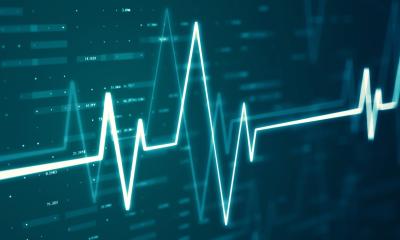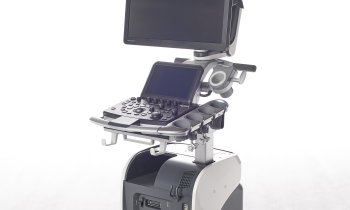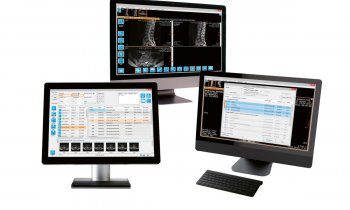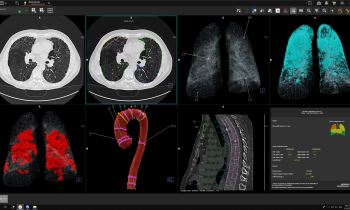Article • AI in medical care
'The brain sits on front of the screen'
AI has made headlines for years, including in such scientific publications as ‘Nature’, an indication of its high relevance, according to Dr Tobias Müller, Head of Digital Transformation at the Rhön-Klinikum AG.
Report: Cornelia Wels-Maug
Image source: Shutterstock/VLADGRIN
However, he also delivers a note of caution because studies are often aimed at demonstrating the equivalence of AI-based diagnoses with those made by doctors. ‘You have to read these studies very carefully,’ Müller advises. Some certified AI-algorithms for the medical sector can be bought already. According to Müller’s research, 34 of these algorithms are currently available, with many suppliers based in the USA and Israel. The majority, says Müller, are applications for the fields of radiology and neuroradiology.
Rapid growth of medical knowledge
Even now, AI is a great help for decision support. The rapid growth of medical knowledge makes it impossible for individual physicians to keep completely up-to-date with the current state of research in their respective medical disciplines as specialist medical knowledge doubles exponentially: Whilst in 1950 it would have taken 50 years for the volume of knowledge to double, it is estimated that, by the year 2020, this period will have shortened to just three months.
AI: a ‘must’ in diagnosis of rare diseases
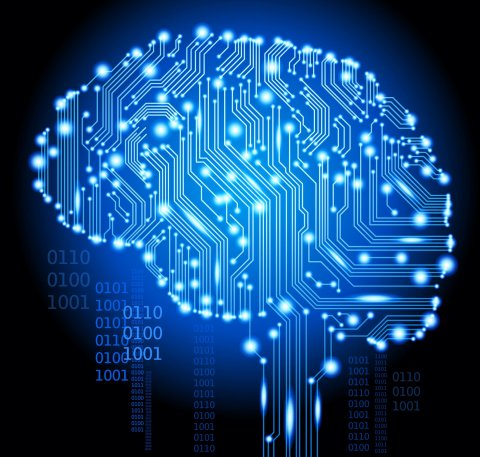
Image source: Shutterstock/VLADGRIN
Rare diseases diagnoses present doctors with additional challenges, especially as the short window of time spent with patients often makes it impossible to document all their symptoms. ‘AI is already a must-have for rare diseases today,’ reports Schäfer, who relies on tools based on AI-algorithms such as those supplied by Ada Health or Isabel Healthcare. ‘We need them in clinical routine because they deliver important diagnostic assistance. They facilitate the recording of numerous symptoms without much effort,’ he says, and therefore help to improve the diagnostic process significantly.
But AI not only leads to improved diagnoses; it also creates new types of conflicts between ethical and legal considerations and the use of technology, all of which need to be resolved. AI always requires users to think and to scrutinise the suggestions made by AI-based tools with their medical knowledge, as, says Schäfer: ‘The brain sits in front of the screen.’
AI and tumour detection
Dr Felix Nensa, radiologist and senior consultant at Essen University Hospital, heads a working group on artificial intelligence: ‘‘Big Data’ does not automatically mean ‘Big Value’,’ explains Nensa. ‘This only applies when we can analyse the data. We need AI to close this gap. Much data from radiological images is not yet being utilised,’ he points out. Nensa and his team are developing an AI application which, based on images of a primary tumour, can determine if it has already spread. This would not only do away with the need for a biopsy but would also shorten the time required for diagnosis, making it possible to start treatment faster. ‘This virtual technology works well in parts, although the results are based on just a small study. But the potential is large,’ says Nensa.
The future of artificial intelligence
Experts expect that the use of AI in medical practice will develop from the current rule-based to data-based and even feedback-based applications. We will also see a change from only slightly automated to highly automated applications or proactive interventions respectively. In the medium term, current AI applications, such as prognostic scores, dose calculations or order sets will be complemented by data-based applications, such as context-based information, multifactorial disease risk prediction or automated triage. Autonomous diagnosis, however, is still in the distant future. It would require an algorithm to incorporate feedback, to continuously evolve and adapt and to design future scenarios. ‘We are still a long way off this,’ says Müller.
On the way there, many questions must still be answered, such as ‘How can we obtain sufficient numbers of data training sets?’ ‘How can we assure sufficient data quality?’ ‘Who accepts responsibility for errors with algorithms?’ It is, however, undisputed that future AI applications will have to abide by the dogma that medicine must not do damage but must be safe and effective.
20.11.2019




